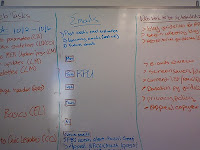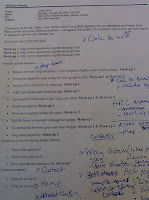Snapping Snap in half: no more (annoying) page views
I should have listened to my gut. When I wrote about Snap in December, I thought I found a win for the user (they get a preview of the site) and for us (one more attempt to keep them on our site).
Well, it's only been a couple of months, but I'm less concerned these days about driving folks off our site and more interested in our redesign building a relationship that fosters trust around the notion that we are the premier source of river conservation, news, and action. Ideally, I'd like our new site to serve as a platform for communities to share, learn, and act on river issues on a federal and a local level.
With our focus on trust as we move forward, users should want to return to our site. There is no need for trickery, annoying pop ups, and opening new windows (ok, haven't totally let go of this one - I'm trying though). If we build a solid, easily navigable, and useful site for our audiences, they will come back.
I was already leaning toward this thinking, but after two unrelated reads, Scobleizer and Lifehacker, I've decided to snap Snap in half from future pop ups on this blog.






















